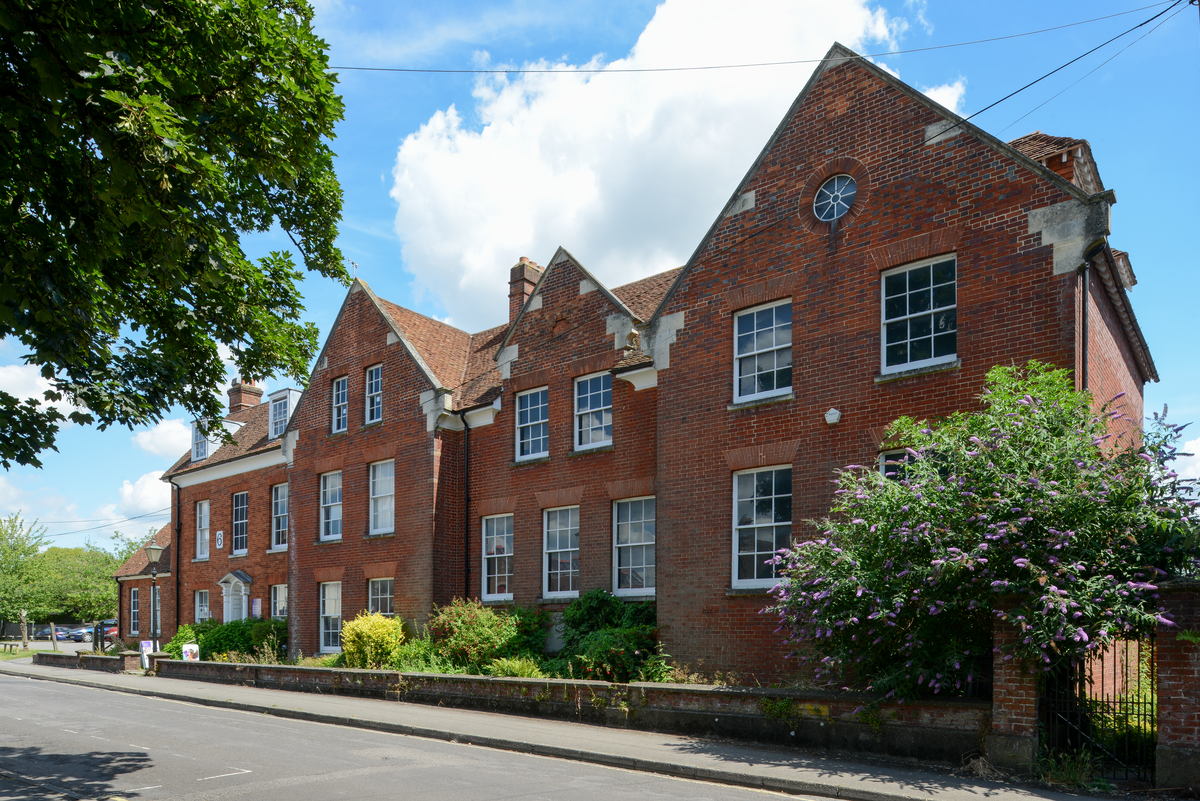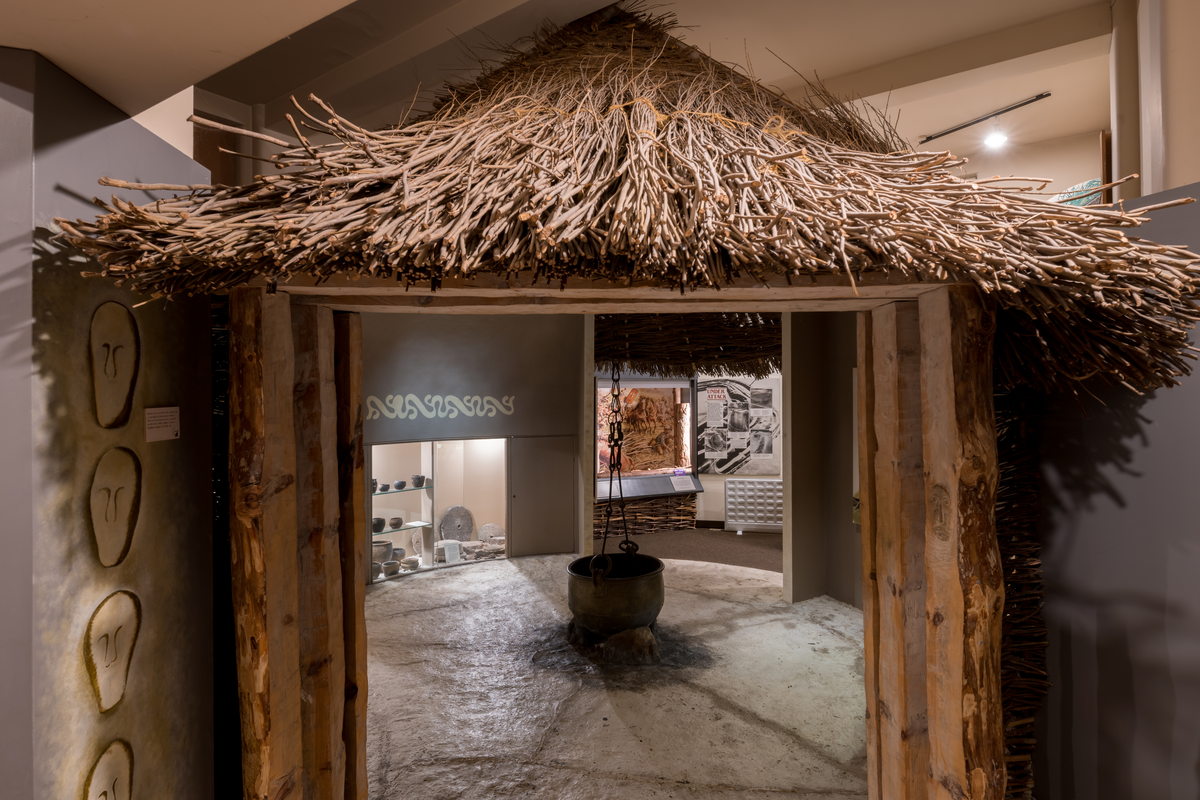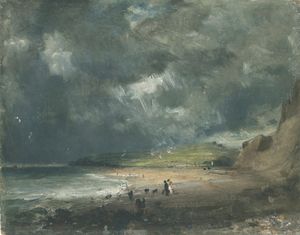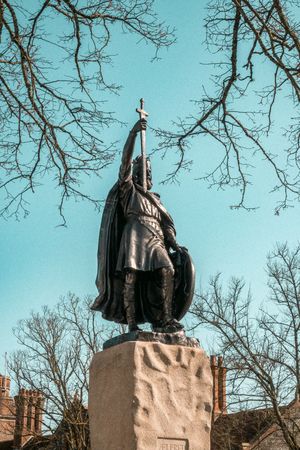Today, International Museums Day is marked globally – a unique moment for the international museum community. Here at Hampshire Cultural Trust, we boast a number of fantastic heritage sites and exceptional collections. Not only are the contents of our buildings fascinating, the walls of our museum buildings themselves each tell a unique story of their own.
Visitor Service Assistant, Sarah, shines a spotlight on Andover Museum and Museum of the Iron Age, located to the North West of Hampshire. What is the history behind this beautiful red-brick building?
Andover Museum and Museum of the Iron Age: as historical as its contents
If you visit Andover Museum today, you will step back in time the moment that you enter – and it is not just the artefacts that tell a story.
The central building was originally a Georgian family home and several features, such as the staircase and fireplaces, survive today. But what of the families who once walked the halls?

In 1742 George Noyes, Andover's Bailiff and Town Clerk, built a grand family home consisting of ten bedrooms and two bathrooms, four sitting rooms and multiple kitchens, complete with a large cellar and larders for the storage of food. George lived there with his wife and children until his death in 1752.
During the next 100 years, there were various notable owners of the property, including the Reverend Worgan, Rector of Linkenholt, who bought the house for £719 and lived there until his death in 1801. Quite a stark contrast to the costs we'd expect today!
From then, the building passed to the family of Captain Henry Festing RN – his son, Benjamin Festing, served at the Battle of Trafalgar, although rumours of a visit from Lord Nelson are unproven. The next owner was Doctor Poore, a surgeon, apothecary and midwife. According to Jane Austen’s letters, she visited Mrs Poore in Andover in 1800, but we suspect that would have been a neighbouring grand house in the town, as this would have been before her husband purchased the museum house.
Miss Martha Gale then purchased the house in 1847. As an act of philanthropy, she kindly donated the house to the Trustees of Andover Charities for use as a Grammar School; classrooms would then be added in 1848 and 1886. The headmasters not only taught on the grounds, but the building also housed them! The Grammar School moved out of the building in 1925.

The house was bought by Mr Arthur Bennett in November 1929, who was joined by his sister – they were both music teachers. The classroom block continued to be used by the British school, whose main building was on the site of what is now the museum car park. From Arthur's death, the building then sat empty for some time.
From 1953 to 1981, many uses for the building are recorded, often relating to education – it seems the building has been an educational and cultural hub for a lot of its life, even up to today. We continue a tradition of educating Andover going back over 170 years, although hopefully you will find the atmosphere a little more relaxing these days!

Andover Museum opened in 1981, with the Museum of the Iron Age being added in 1986, and it remains to be a central community and heritage hub for many families, history buffs and more. Using real artefacts alongside reconstructions based on discoveries made during the excavations, the museum explores life in the hillfort, including defence, home life, farming and religious beliefs. Andover Museum is free to visit, with crafts and exhibitions throughout the year. Why not pay us a visit and discover life of the past today?

With special thanks to our Visitor Services Assistant, Sarah, for this article.





